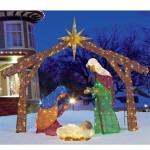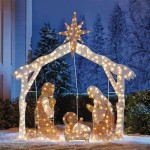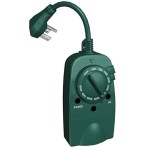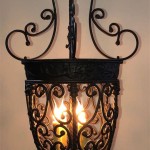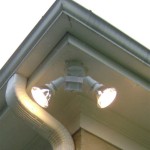Essential Aspects of Outdoor Lighting Systems
Outdoor lighting plays a vital role in enhancing the visual appeal and functionality of any property. By thoughtfully planning and implementing an outdoor lighting system, you can create a welcoming ambiance, showcase architectural features, improve security, and extend the enjoyment of outdoor spaces well into the evening.
1. Purpose and Function
Determine the primary purpose of your outdoor lighting system. Do you need it for aesthetic enhancement, security illumination, or a combination of both? Clearly defined objectives will guide your design and product selection.
2. Fixture Selection
Choose lighting fixtures that complement the architectural style of your property and provide the desired illumination. Consider the beam angle, color temperature, and lumen output to achieve the appropriate lighting effects. Ensure fixtures are weather-resistant and meet safety standards.
3. Placement and Design
Plan the placement of lighting fixtures carefully to achieve optimal illumination and minimize glare. Consider the height, direction, and spacing of lights to create a balanced and cohesive lighting scheme. Use layering techniques with different types of fixtures, such as spotlights, floodlights, and path lights, to achieve depth and dimension.
4. Color Temperature
The color temperature of outdoor lighting refers to the warmth or coolness of the emitted light. Warm light (below 3000K) creates a cozy and inviting atmosphere, while cool light (above 4000K) provides brighter and more focused illumination. Choose color temperatures based on the desired ambiance and the surrounding environment.
5. Lighting Control
Consider incorporating lighting control systems to adjust the brightness, color temperature, and scheduling of your outdoor lights. This allows you to create different lighting scenes for various occasions, enhance energy efficiency, and improve convenience.
6. Energy Efficiency
Opt for energy-efficient lighting fixtures such as LED or solar-powered lights. These options not only reduce energy consumption but also provide cost savings in the long run.
7. Safety and Maintenance
Ensure the outdoor lighting system meets all electrical safety codes and standards. Regular maintenance, including cleaning, bulb replacement, and wiring inspections, is essential to keep the system operating safely and efficiently.
Conclusion
By considering these essential aspects of outdoor lighting systems, you can create a well-designed and functional illumination solution that enhances the beauty and safety of your property while maximizing its enjoyment and extending its use beyond daylight hours.

Outdoor Lighting For Living Transforms Your Backyard Into A Retreat

Outdoor Lighting System Oclights

Designing A Landscape Lighting System Ideas Advice Lamps Plus

Overview Of The Outdoor Lighting System Scientific Diagram

Designing A Landscape Lighting System Ideas Advice Lamps Plus

Expert Landscape Lighting Services Andy S Sprinkler

Outdoor Lighting Guide Luxedecor

Outdoor Landscape Lighting System Led Displays

Illuminate Your Garden With Landscape Outdoor Lighting System Bondilights

The Importance Of Maintenance For Your Outdoor Lighting System Blooms Landcare
Related Posts
